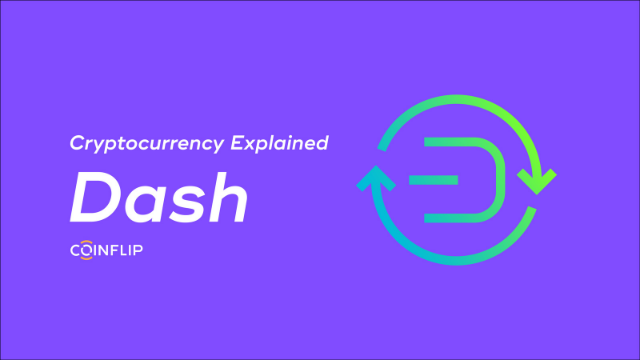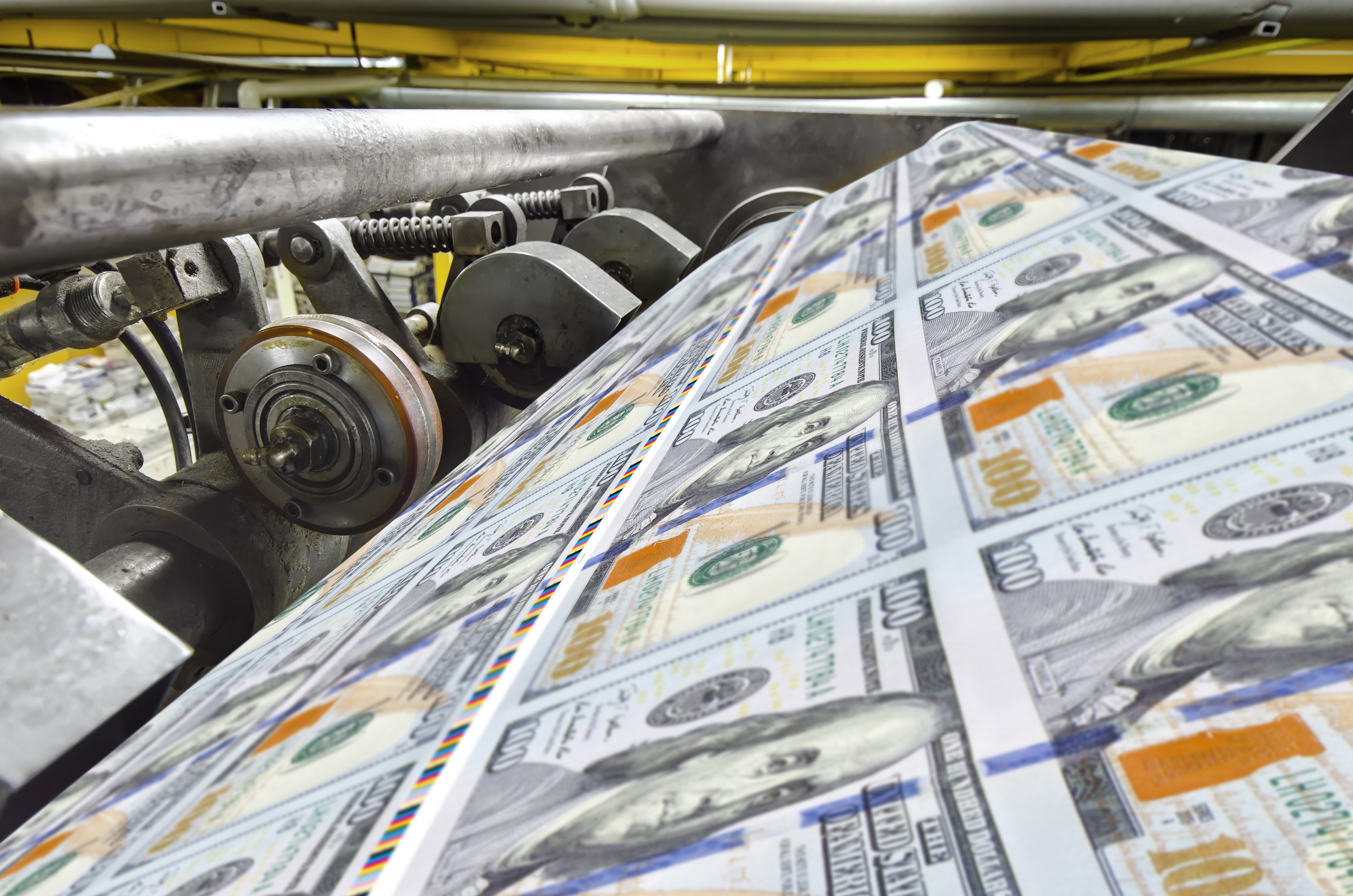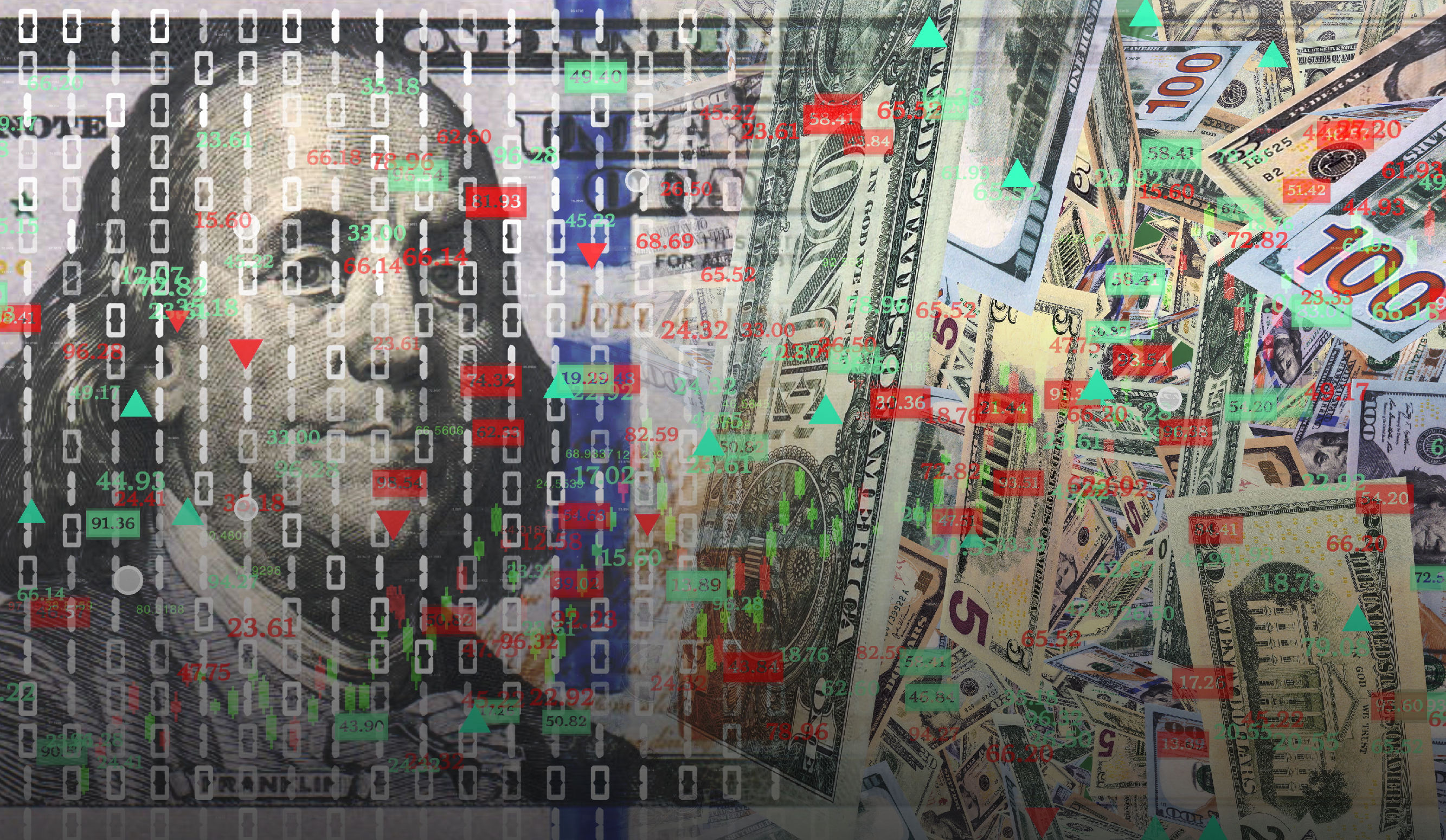Cryptocurrency Explained: Dash

*This article was updated on August 6, 2021.
Main Points
Dash is a peer-to-peer digital cash system that allows for near-instantaneous payments to anyone in the world.
Dash is a decentralized autonomous organization run by masternodes, which are controlled by anyone who holds 1,000+ of Dash's native coin DASH.
When an entity now known as Satoshi Nakomoto designed Bitcoin and therefore paved the way for other cryptocurrencies, he knew that people in developing countries needed protection from corrupt governments. When corrupt or incompetent bureaucrats in failed states need funding to run the government, their central banks and treasuries print more currency. This kind of behavior leads to hyperinflation.
In addition to hyperinflation, currency depreciation also depletes peoples’ investments and financial savings. Currency depreciation can occur due to poor economic fundamentals, political instability, or investors getting scared and dumping their investments.
But there is good news! Dash, a peer-to-peer digital cash system that allows for near-instantaneous payments to anyone in the world, has helped many in the developing world secure their savings in the face of hyperinflation and depreciation. Dash was created in 2014 by Evan Duffield to become a more scalable Bitcoin. Dash was initially called Xcoin, then Darkcoin, before landing on its third and current name.
What is Dash?
Like Bitcoinand many other cryptocurrencies, Dash is based on a decentralized ledger of all transactions using blockchain technology secured through a method known as Proof of Work. Proof of Work is a consensus (more than one of us has to agree this is a valid transaction in order to approve it) mechanism where miners use electricity and specialized computers that solve mathematical problems to add a new block to the blockchain. Cryptographically, Dash uses a hash algorithm called X11 that gives miners 11 separate hashing problems to solve.
What makes Dash different from Bitcoin is that it splits its rewards into three categories: 45% goes to miners, 45% goes to masternodes (these are computers that additional services in the network and have a significant investment in Dash tokens), and 10% goes towards its decentralized governance budget.
Dash creators recognized that if Dash only economically incentivized the miners the network could stagnate and it would fail to grow and scale its capabilities. To address this problem, Dash added a second tier to its network. In addition to the traditional Proof of Work rewards for mining Dash, the network also rewards users for running and maintaining special services called masternodes. Anyone with 1,000 Dash coins (DASH) can become a masternode owner.
This 1,000 DASH collateral makes masternodes financially incentivized to work in the best interest of the dash network. There are also shared masternode services that allow those with less than 1,000 DASH to pool resources with others to run masternode together. Masternodes allow for Dash to offer innovative features in a trustless and decentralized way.
How do masternodes work?
Masternodes allow Dash to provide the following services:
InstantSend - this service allows Dash users to send near-instant transactions. Masternodes confirm Dash InstantSend transactions within two seconds.
PrivateSend - this service gives financial privacy to Dash users through a decentralized implementation of CoinJoin - a trustless method for combining multiple payments from multiple senders into a single transaction to make it more difficult for outsiders to determine who is sending money to whom.
ChainLocks - this protects the blockchain against 51% mining attacks by signing blocks as they are mined.
Governance and Treasury allows stakeholders in Dash to make significant decisions for the direction of the project. It devotes 10% of the block reward to develop the project and ecosystem.
You can think of masternodes as board members of the Dash Decentralized Autonomous Organization (DAO). Many consider Dash to be one of the first and longest-running DAOs.
That DAO uses its 10% mining reward to improve dash networks in various ways. Anyone can submit an improvement proposal by signing a message on the blockchain and paying a DASH fee—masternodes vote on which recommendations to implement through the blockchain. The DAO treasury funds Dash's marketing, advertising, legal and scholarly research, business development, and integration activities.
Why invest in Dash?
Dash is faster than Bitcoin, with 56 transactions per second versus Bitcoin's seven transactions per second. It takes less than two seconds for a Dash transaction to complete, much faster than Bitcoin's 10 minute transaction time.
Dash is also cheaper than Bitcoin. Average Dash transaction fees are less than one cent, while the average transaction fee with Bitcoin is currently about $15. Dash also allows total privacy in transactions with its PrivateSend feature.
In its development, Dash has aggressively targeted users in Latin America, where monetary instability and government corruption run rampant. Dash has partnered with the Mexican cryptocurrency exchange Tauros.io to offer the first crypto debit card in Latin America. Dash is particularly popular in Venezuela - where 2,500 merchants accept DASH.
Dash is also working on some significant updates to its network to include Dash Platform. The deployment of Dash Platform will make it the first peer-to-peer cryptocurrency that functions as a cloud service. Dash Platform has four components:
Decentralized HTTP APIs (called DAPI)
Dash Drive - a decentralized cloud storage platform
Dash Platform Name Service - turns wallet address into human-readable names
Dash Platform Protocol - an overarching rule set that ensures validity and uniformity of all the data structures relied on by Dash Platform
Are you interested in investing in Dash? You can purchase Dash by using a CoinFlip ATM near you or through CoinFlip Preferred.



